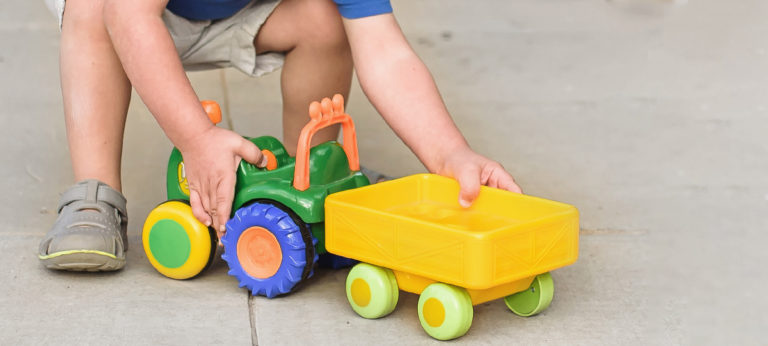Babies & Toddlers | Emotions | Family Life | Mom Care | Neurodiversity | Parenting | Positive Discipline | Uncategorized
What I Wish I Knew as a Mom To a Very High Energy Toddler
Having an overly active, high energy toddler is tiring! Once I figured out what was going on underneath the surface, I was able to be the mom my son needed to be. Only if I knew these things when he was 2, 3 and 4 year’s old!

